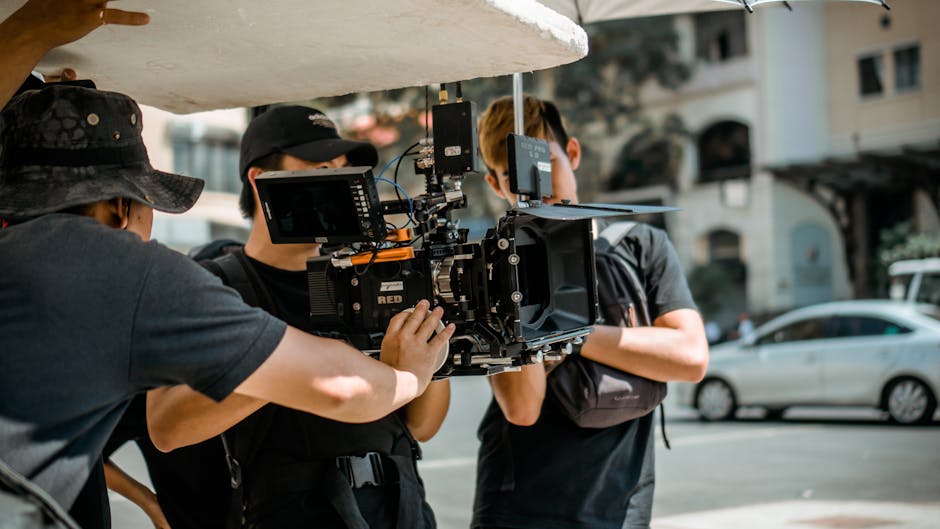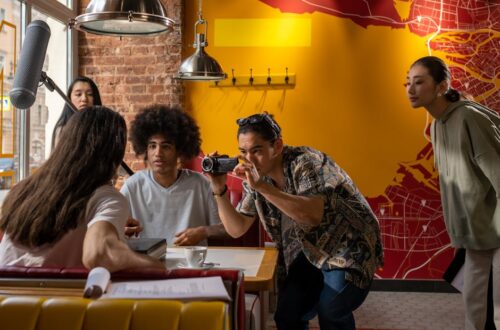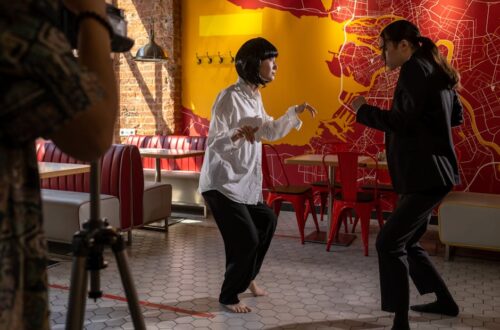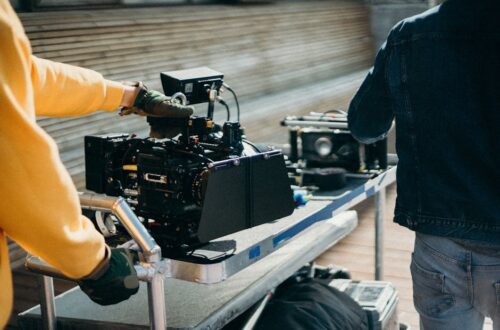Behind the scenes of any TV show or film, a world of creativity, collaboration, and careful planning unfolds long before the final product lights up our screens. At Scene Flow – Scenlo, we’re passionate about exploring this hidden universe where stories are sculpted, emotions are orchestrated, and every detail matters. Whether you’re a curious fan, aspiring creator, or seasoned cinephile, understanding the behind the scenes journey deepens your appreciation for the magic of TV and film storytelling.
Pre-Production: Laying the Groundwork for Storytelling
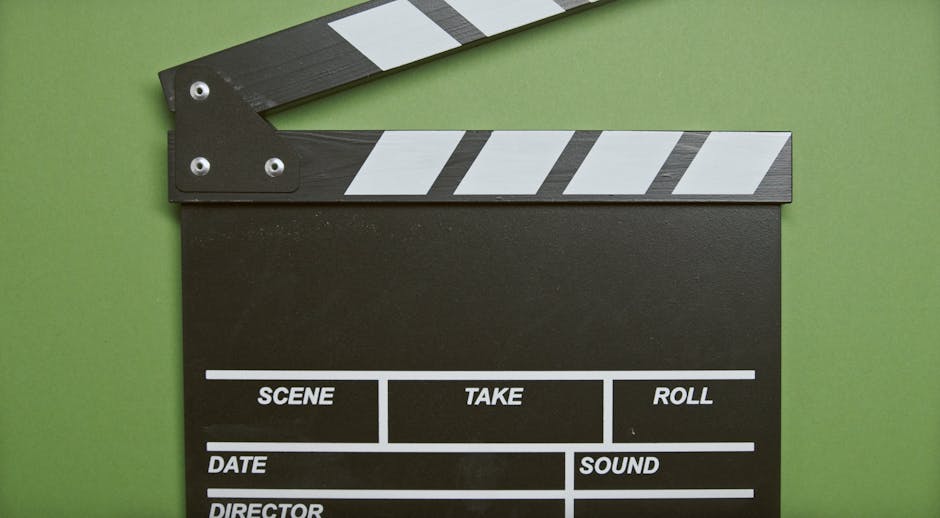
Photo by Tima Miroshnichenko on Pexels
Before cameras ever roll, the filmmaking process begins with a crucial phase known as pre-production. This stage is the backbone of every successful project, setting the creative and logistical foundation that shapes the entire production. It all starts with the script—a meticulously crafted blueprint that captures dialogue, action, character arcs, and the emotional core of the story. Writers, directors, and producers collaborate to refine the script until every scene flows with purpose and intent.
Once the script is locked, storyboarding comes into play. Storyboards are visual roadmaps, often resembling comic strips, that break down each scene shot by shot. These illustrations help directors and cinematographers plan camera angles, lighting, and the overall visual style, ensuring the storytelling flow remains consistent and compelling. Storyboards also serve as a communication tool, aligning the vision across departments and preventing costly misunderstandings on set.
Scheduling is another vital component of pre-production. Production managers and assistant directors meticulously organize the shooting calendar, accounting for locations, actor availability, and technical requirements. This ensures resources are allocated efficiently and the project stays on track. Casting and crew selection follow, bringing together a team of talented individuals—actors, designers, technicians, and more—each contributing their expertise to the collaborative tapestry of filmmaking.
The attention to detail during pre-production cannot be overstated. From location scouting and set design to costume planning and budgeting, every decision made at this stage echoes throughout the production. It’s here that the tone, pace, and emotional beats of the story are set, providing a sturdy launchpad for the creative journey ahead.
Production: Lights, Camera, Action—Bringing the Vision to Life
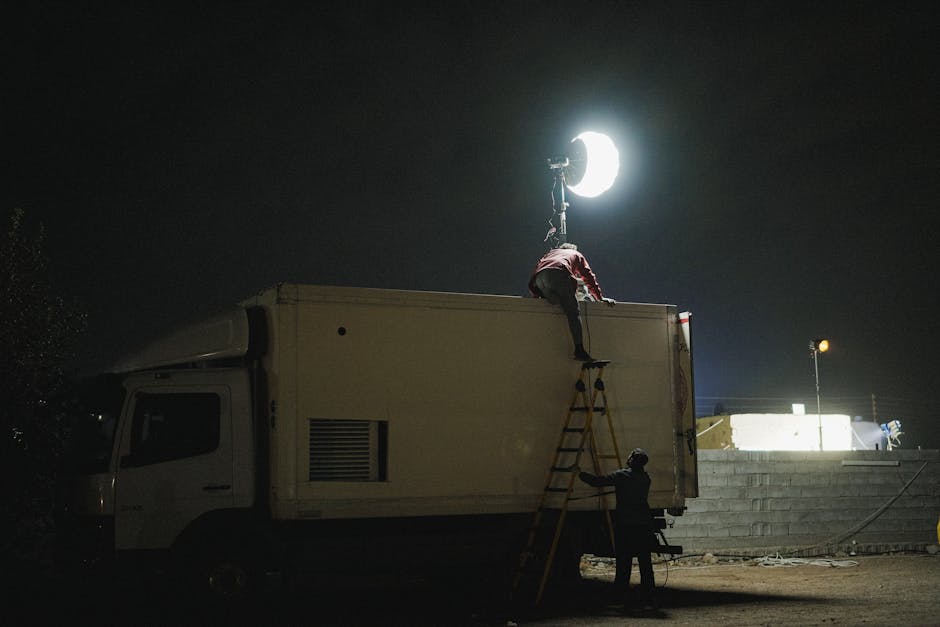
Photo by AMORIE SAM on Pexels
With pre-production complete, the team transitions to the dynamic phase of production. This is where the script comes alive, as actors step into character and the crew orchestrates the technical ballet behind every shot. The director leads the charge, translating the written word into visual storytelling while collaborating closely with the cinematographer to shape the look and feel of each scene.
On set, the pace is intense and the atmosphere electric. Assistant directors ensure the day’s schedule runs smoothly, coordinating call sheets and keeping everyone on track. The grip department manages the rigging for cameras and lighting, while the gaffer oversees the intricate dance of illumination that sets the mood and enhances the narrative. Meanwhile, production designers and set dressers transform locations into immersive worlds, paying careful attention to every prop and backdrop.
Actors undergo makeup and costume preparation before rehearsing their scenes. Blocking—the process of planning actors’ movements and positions—is essential for maintaining continuity and capturing the director’s vision. When the set is ready, the assistant director calls for quiet, the clapper loader slates the scene, and the director signals “Action.” Each take is a blend of performance, technical precision, and improvisation, often repeated multiple times to capture the perfect moment.
Production is a collaborative marathon, with long hours and constant problem-solving. Weather, equipment, and unforeseen challenges require adaptability and teamwork. Yet, it’s in these moments that the heart of filmmaking beats strongest, as creative minds unite to turn imagination into reality.
Post-Production: Weaving the Final Story
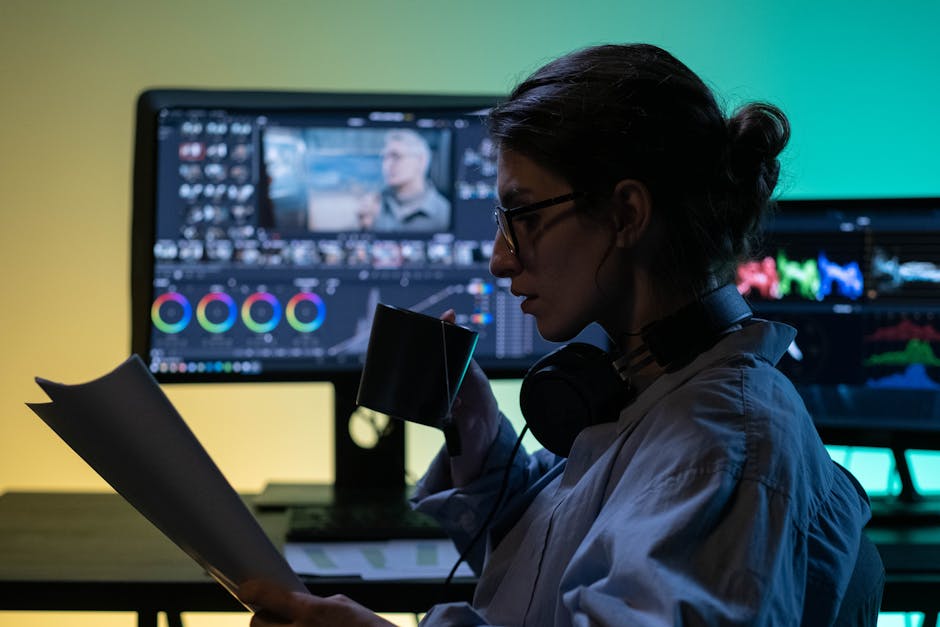
Once filming wraps, the project enters the transformative realm of post-production. Here, raw footage is meticulously shaped into a seamless narrative that captivates audiences. Editors play a pivotal role, reviewing hours of material to select the best takes, arrange scenes, and maintain the story’s pacing and emotional flow.
Visual effects artists may enhance scenes with computer-generated imagery (CGI), adding elements that would be impossible or impractical to capture on set. Colorists fine-tune the visual palette, ensuring consistency and amplifying the mood. Sound designers and composers craft the auditory landscape, layering dialogue, sound effects, and music to create an immersive experience that resonates with viewers.
The post-production phase is where the true magic of storytelling emerges. Every cut, transition, and sound cue is carefully chosen to heighten emotion, clarify plot points, and sustain the audience’s engagement. Test screenings and feedback loops allow creators to refine the final product, addressing pacing, clarity, and impact before release.
Ultimately, post-production is a testament to the power of collaboration and attention to detail. It’s the stage where the collective efforts of writers, actors, technicians, and artists coalesce into a finished work that’s ready to be shared with the world.
The Unsung Heroes: Crew Roles and Collaborative Genius
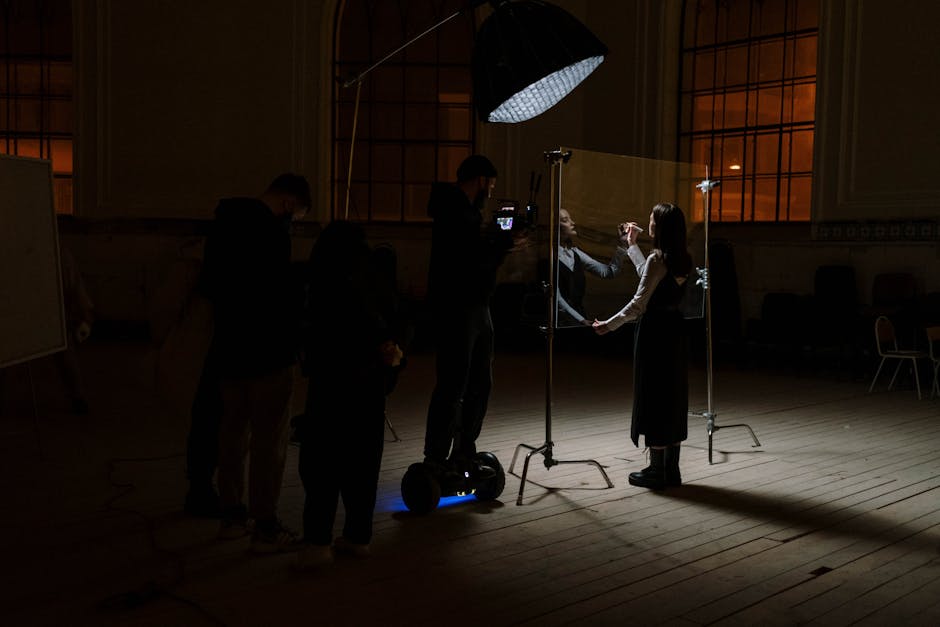
Photo by cottonbro studio on Pexels
Behind every successful TV show or film lies a vast network of unsung heroes—skilled professionals whose expertise often goes unnoticed by audiences. From the assistant directors who keep schedules tight, to the grips and gaffers who handle rigging and lighting, each crew member plays a vital role in the storytelling flow.
Production designers and set decorators craft environments that transport viewers to different worlds, while costume designers and makeup artists help actors embody their characters. The sound team captures crystal-clear dialogue and ambient noise, ensuring every word and whisper is heard. Editors, visual effects artists, and colorists bring technical mastery to the post-production suite, shaping the final look and feel of the story.
The collaborative nature of filmmaking means that communication, flexibility, and trust are essential. Departments must work in harmony, adapting to challenges and finding creative solutions on the fly. The camaraderie that develops on set is a testament to the shared passion for storytelling—a driving force that unites everyone, from the director to the production assistant.
Celebrating these behind the scenes contributors not only honors their hard work but also highlights the complexity and artistry involved in bringing stories to life. Their dedication ensures that every frame, sound, and detail serves the greater narrative, leaving a lasting impression on audiences around the globe.
Behind the Scenes and the Power of Nostalgia
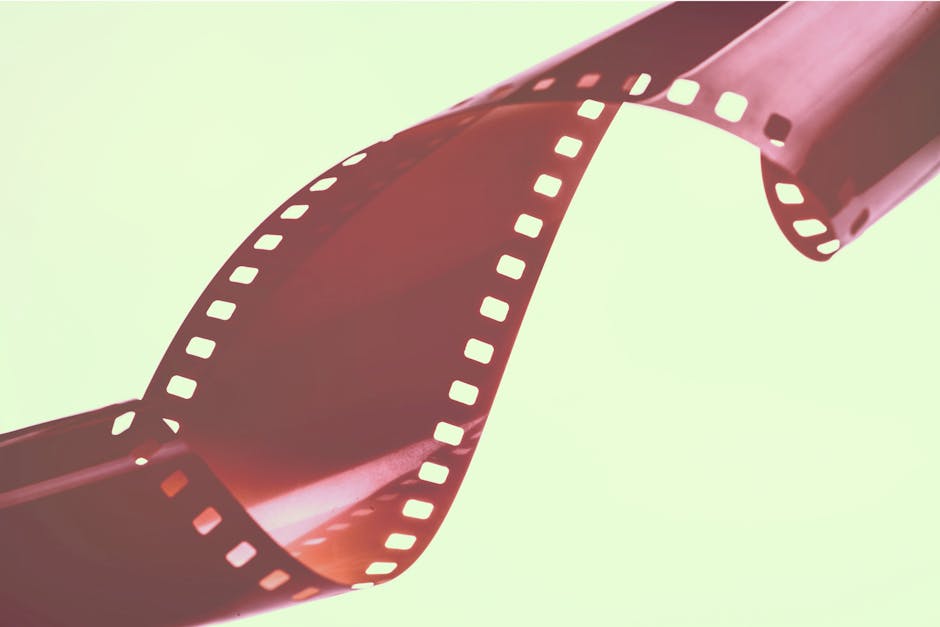
Photo by NEOSiAM 2024+ on Pexels
The allure of behind the scenes stories extends beyond technical insights—it taps into the power of nostalgia and the enduring connection audiences have with their favorite films and shows. Exploring the creative process behind beloved classics rekindles memories, sparks curiosity, and deepens our emotional investment in the art of storytelling.
For many, learning about the challenges and triumphs faced during production adds new layers of appreciation. Anecdotes from set, tales of unexpected improvisation, and glimpses of camaraderie among cast and crew bring a human dimension to the finished product. These stories remind us that every TV show and film is the result of countless hours of hard work, ingenuity, and passion.
Behind the scenes content also inspires the next generation of creators. By demystifying the filmmaking process, it empowers aspiring writers, directors, and technicians to pursue their own creative journeys. The nostalgia evoked by revisiting classic productions fuels a cycle of inspiration, ensuring that the art of storytelling continues to evolve and thrive.
At Scene Flow – Scenlo, we celebrate this rich tapestry of behind the scenes experiences, inviting readers to explore the fascinating world where TV and film magic begins. Whether you’re revisiting old favorites or discovering new gems, the journey behind the scenes offers endless opportunities for wonder, learning, and connection.
The Enduring Impact of Storytelling Flow
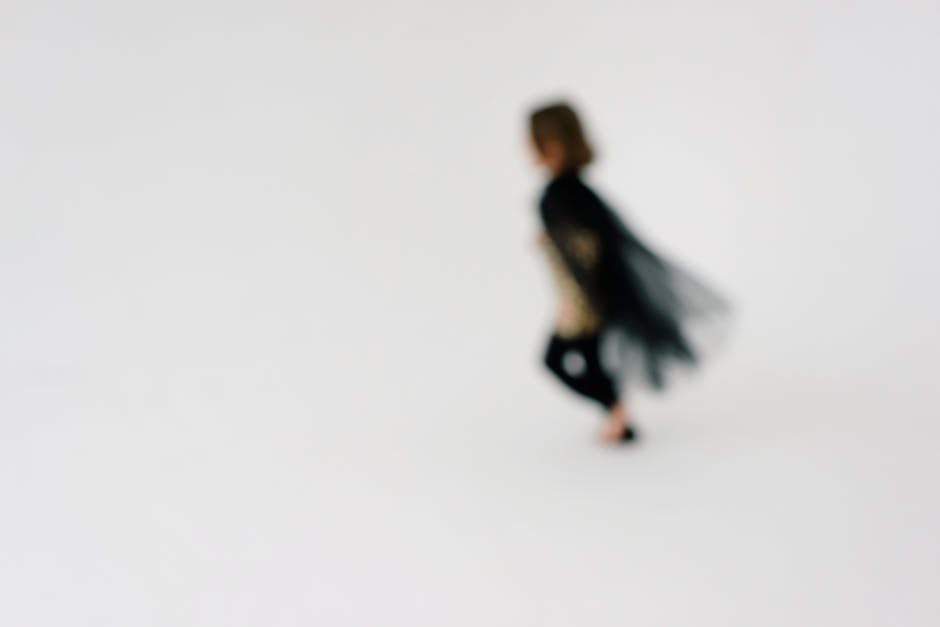
Photo by Ksenia Chernaya on Pexels
In the ever-changing landscape of TV and film, the behind the scenes process remains a constant source of inspiration and innovation. It’s where creative visions are nurtured, technical challenges are overcome, and stories are crafted to captivate hearts and minds.
Understanding the flow of storytelling—from pre-production planning to post-production polish—enriches our appreciation for the art form. It reveals the dedication, skill, and collaboration required to bring even the simplest scene to life. Every choice, from script to screen, is a testament to the enduring power of narrative and the universal desire to connect through stories.
As we continue to celebrate the artistry and effort that happens behind the scenes, we invite you to join us at Scene Flow – Scenlo in exploring the stories behind your favorite stories. The next time you watch a film or TV show, take a moment to imagine the journey it took to reach your screen—and the countless individuals who made it possible.
Sources
- https://www.aiu.edu.kw/news/behind-the-scenes–how-movies-are-made
- https://www.ask.com/tv-movies/behind-scenes-unveiling-intricate-process-making-movie
- https://www.globalbroadcastindustry.news/behind-the-scenes-the-importance-of-film-pre-production/
- https://joby.com/us-en/creator-journal-blog/filming-behind-the-scenes/
- https://www.youtube.com/watch?v=puF9CkvmJt0
